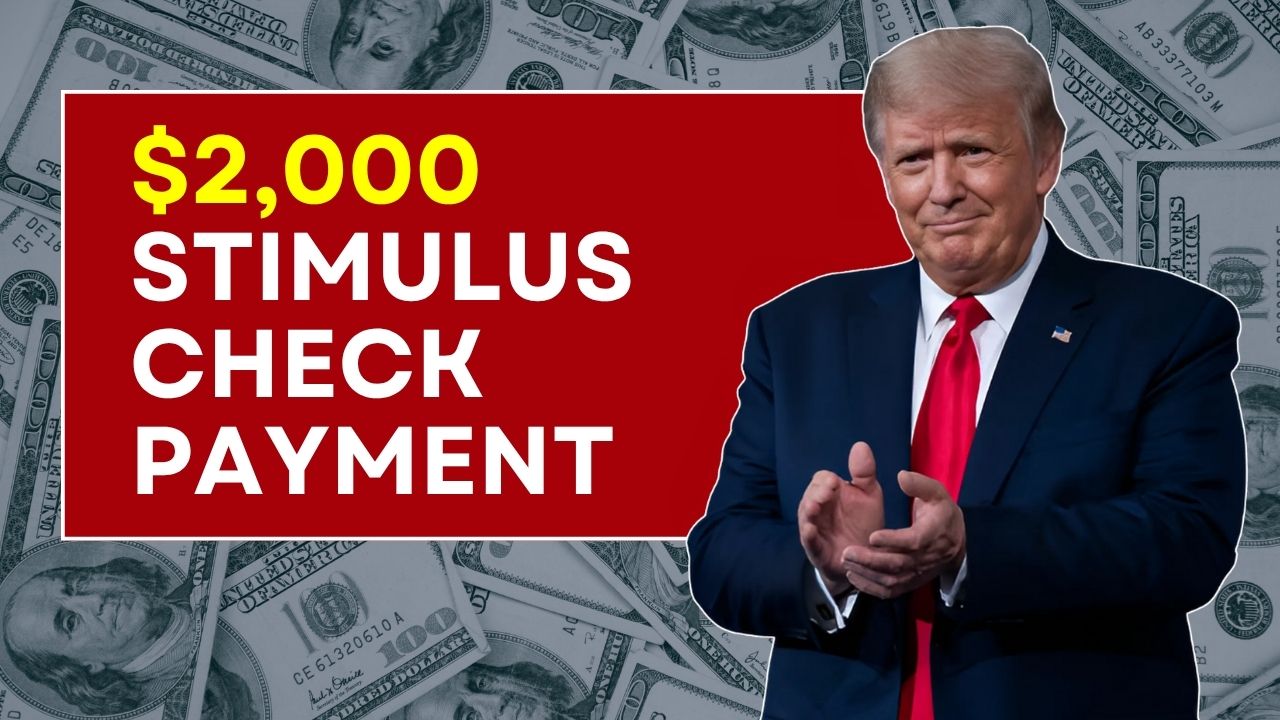Widespread online discussions have ignited fresh speculation that the Internal Revenue Service (IRS) is preparing to release a new $2,000 stimulus payment in November 2025. Viral social media posts and short videos claim that citizens could receive deposits of $1,390, $1,702, or the full $2,000, with many users sharing screenshots and supposed confirmation emails. Despite these widespread claims, no official statement or directive from the IRS or the U.S. Treasury supports the existence of such a program.
The rumor gained momentum as rising living costs, high interest rates, and inflation pressures have left many families hoping for renewed federal relief. Public attention also increased ahead of the 2026 election debates, with economic relief a key issue among voters. However, government officials confirm that no nationwide stimulus package has been authorized, approved, or scheduled for distribution this November.
Table of Contents
Federal Stance on the Alleged Payment
The IRS has formally denied the existence of any new stimulus disbursement for 2025. Currently, federal payouts include routine tax refunds, monthly Social Security benefits, and a limited number of state-level rebates. These are the only legitimate funds being processed through federal systems.
For a new payment to occur, Congress must first approve legislation and allocate the necessary funds. No such bill has been passed or introduced in either chamber. The Treasury Department has also clarified that it is not preparing new stimulus checks or bank deposits for the coming months.
Trump’s “Tariff Dividend” Proposal
Adding to the confusion, former President Donald Trump recently made a public statement reiterating his “Tariff Dividend” concept. He suggested that his administration would return tariff revenues directly to U.S. citizens, offering a minimum of $2,000 per eligible individual and more for families. While this has attracted significant public interest, it remains a political proposal rather than an approved government program.
No formal legislation, budget allocation, or administrative plan has been introduced for this initiative. Economic analysts also caution that the current tariff revenue estimates are insufficient to support widespread direct payments of this scale. Until Congress debates or passes a corresponding bill, no “Tariff Dividend” checks will be issued.
Previous Federal Stimulus Programs
The United States has distributed several rounds of stimulus, primarily during the COVID-19 pandemic. These programs were federally approved and structured through official acts, unlike the current social media rumors.
| Stimulus Phase | Year | Maximum Individual Payment | Supporting Law |
|---|---|---|---|
| First Payment | 2020 | Up to $1,200 | CARES Act |
| Second Payment | 2020 | Up to $600 | Consolidated Appropriations Act |
| Third Payment | 2021 | Up to $1,400 | American Rescue Plan Act |
After 2021, taxpayers who missed their stimulus checks could still claim them through the Recovery Rebate Credit, which remained open until the April 2025 tax deadline. All unclaimed or returned amounts were redirected to the U.S. Treasury. No new extensions or additional stimulus credits have been introduced since that time.
Official IRS Guidance for Verification
The IRS emphasizes that legitimate announcements will only be made through its verified communication channels. The agency does not use social media, text messages, or emails to inform taxpayers of upcoming payments. Citizens are encouraged to verify all claims through the official IRS website and the “Where’s My Refund” tool.
| Official Service | Website | Details Required | Processing Timeline | Payment Method |
|---|---|---|---|---|
| Where’s My Refund | irs.gov/refunds | Social Security Number, Filing Status, Refund Amount | Typically, 21 days after approval | Direct Deposit or Check |
Recognizing and Avoiding Fraudulent Messages
Fraudulent schemes often surge during times of economic uncertainty. Many scammers impersonate IRS agents or use fake websites resembling official portals to collect financial information. To minimize risk, individuals should:
- Avoid responding to unsolicited calls or emails promising “immediate deposits.”
- Verify refund or benefit claims only through .gov domains.
- Refrain from sharing banking credentials with anyone outside official platforms.
The IRS does not charge fees or request private details via digital messages. Any such contact should be reported to the authorities immediately.
State Relief and Local Assistance
Although there are no new federal stimulus programs, several states have continued their own targeted support measures to combat inflation and economic stress. These initiatives vary based on state legislation and tax surpluses, and the IRS does not coordinate them.
| State | Program | Estimated Benefit |
|---|---|---|
| California | Middle Class Tax Refund | Up to $1,050 |
| New York | State Inflation Assistance | Around $400 |
| Alaska | Permanent Fund Dividend | Approximately $1,000 annually |
Each of these programs follows its own eligibility guidelines, primarily based on income level, residency, and filing history.
A Word on Public Awareness
In today’s world, where digital misinformation is rampant, maintaining a watchful eye is our strongest protection. Americans need to exercise caution when posting or sharing any financial information online. It is essential to confirm the legitimacy of any government payments by consulting official channels.
While various forms of economic assistance are still being distributed through well-structured state programs and established welfare systems, it is important to note that there will not be a new nationwide stimulus check available this November. Staying informed and verifying information can help prevent financial pitfalls during these uncertain times.




